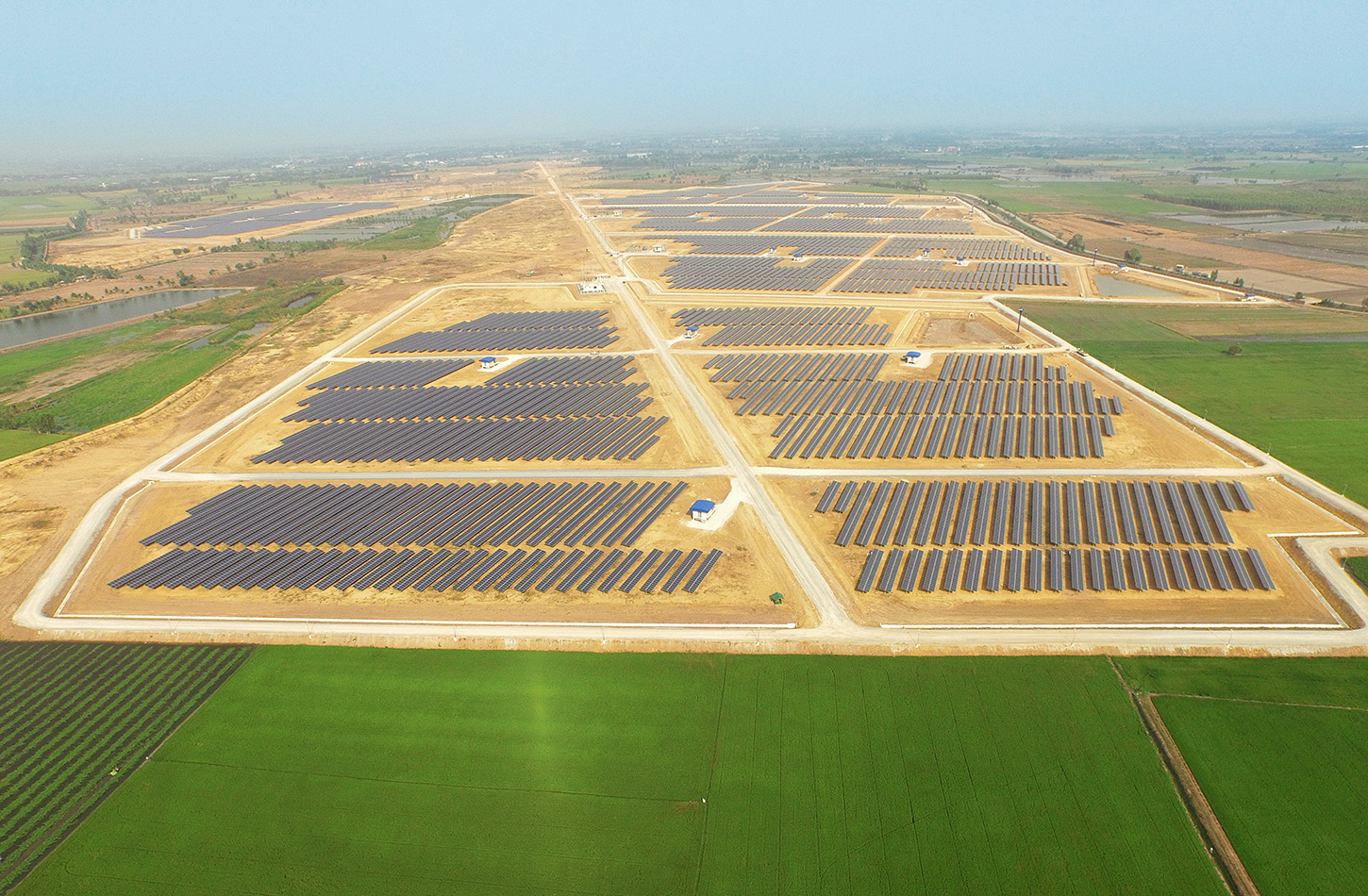Generally, when we think of solar, we think of conventional rooftop solar installations. In recent times, however, solar has been implemented in diverse, exciting new ways. One such inventive approach to the solar industry has come in the shape of utility-scale solar. While utility-scale solar has been around for a while now, new projects are always springing up, so it’s important to remind ourselves of what it is. So, what is utility-scale solar, and how does it work?
Often, people speak about utility-scale solar with regard to size, but to define a utility-scale solar project, it’s probably more important to focus on function. Size, generally somewhere in the 1 to 5 megawatt region can vary, but the function of a utility-scale solar project remains consistent. The real difference between utility-scale solar and distributed generation solar - the kind normally associated with residential and commercial installations - is the manner in which the generated energy is utilised. Utility-scale solar differs from distributed solar in that the energy generated is sold to a wholesale utility buyer, rather than the end-use consumer. Either the wholesale utility buyer purchases the energy via a Power Purchase Agreement (PPA) or, depending on the project, the utility buyer already owns the energy directly.
These utility-scale solar projects may not be exclusively defined by their scale, but they are the largest scale solar projects in the world. Typically upwards of 1 megawatt, some huge facilities have even broken the 1,000 MW barrier. Owing to their size and the huge financial capital required for these projects, it’s not surprising that they use the latest solar technology to ensure maximum efficiency. Utility-scale solar projects are usually comprised of ground-mounted photovoltaic installations. In addition, many make use of solar trackers to maximize production, as well as including storage capacity and solar batteries.
The huge scope of these utility-scale solar projects doesn’t diminish any of the environmental benefits of solar power. Rather, it just scales them up proportionately. The facilities are quiet and efficient, and they don’t produce harmful carbon emissions, in stark contrast to traditional fossil fuel projects generating similar energy. Of course, such large projects require large teams to construct, engineer, and finance the project - creating considerable economic and employment opportunities. According to Wiki-Solar, the total global capacity of utility-scale PV plants is about 96 gigawatts, generating a staggering 1.3% of global power as of 2016. Even more staggering, is that these figures look set to rise.
To learn more about utility-scale solar, or to discuss your own solar project, contact YSG Solar today or call the office at 212.389.9215.
Follow YSG Solar on Twitter, Instagram + Facebook.
By Shane Croghan
Sources:
https://en.wikipedia.org/wiki/List_of_photovoltaic_power_stations
https://www.ysgsolar.com/blog/utility-scale-solar-what-it-means-and-how-it-works-ysg-solar
https://www.energysage.com/solar/101/types-solar-installations/utility-scale-solar/

